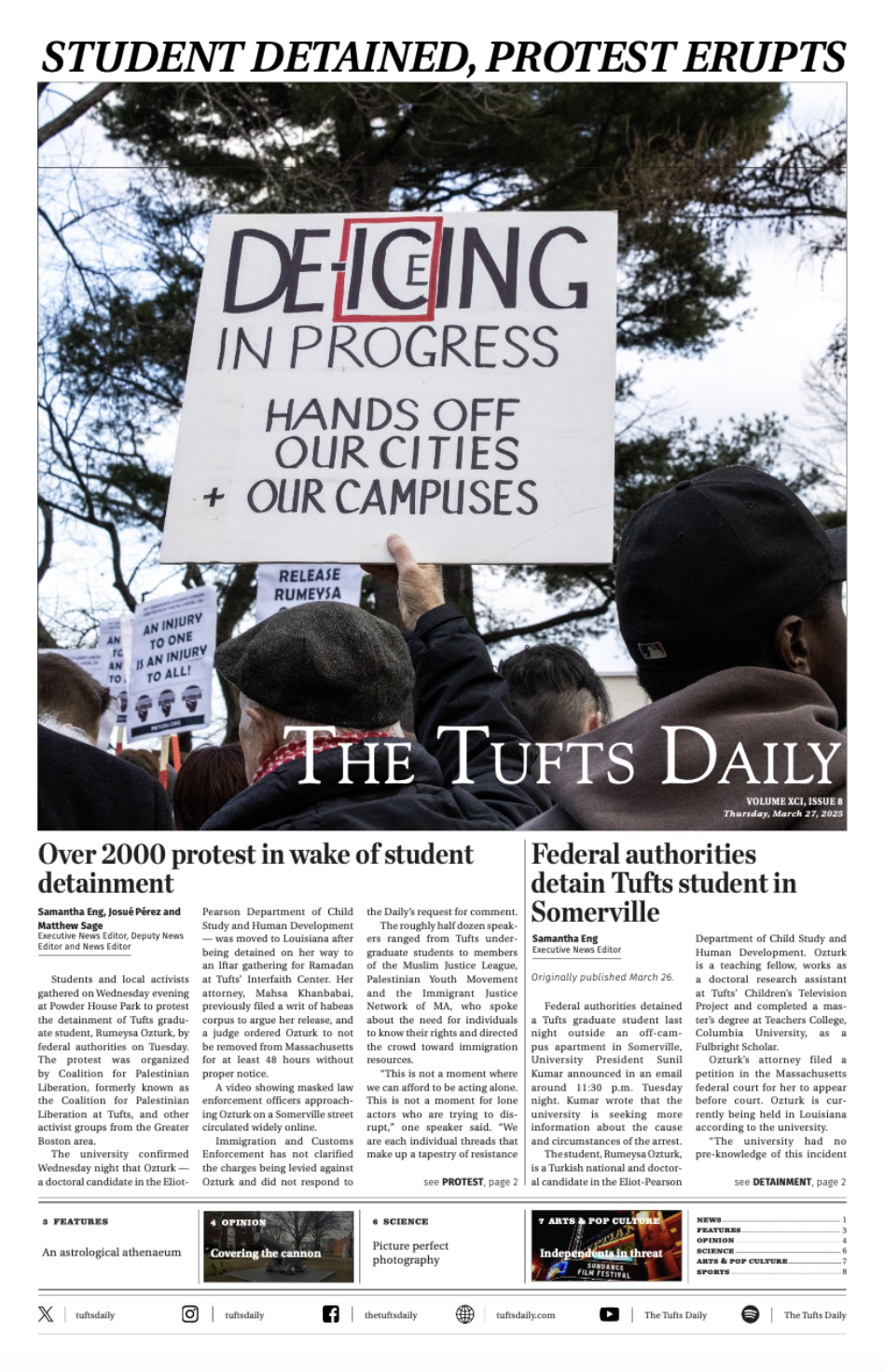From chili dog runs at Ben's Chili Bowl to the menu at the Inaugural Ball, I've waxed poetic about the food choices of our First Family too many times to count. A friend of mine who is well-versed in my First Foods fascination introduced me this summer to Obama Foodorama, an Obama-centered food blog that tracks everything from new policies in the Food and Drug Administration to what restaurants Michelle frequents. (My latest obsession is the Michelle Melt at Good Stuff Eatery in Washington, D.C. — a turkey burger with an herbed mayo inspired by the herbs grown in the White House Kitchen Garden.)
I usually have the same reaction to every new post. Michelle organized a farmers' market blocks from the White House and she actually shops there — that's fabulous! Barack spoke out about the lack of nutritional lunches available in public schools — way to take a stand!
The latest posts on Obama Foodorama focus on the food at The Pittsburgh Group of 20 Summit 2009. Since many view this event as the first time that the Obama Administration — particularly Michelle herself — is serving as an international host, the pressure to plan the perfect menus is on.
The two main venues of the G-20 summit, The David L. Lawrence Convention Center and the Phipps Conservatory, served organic and sustainable food at the event. They even used completely compostable cups and dishes. The opening reception held at the Conservatory featured organic produce, and the ingredients for the Spouses Dinner held at the Rosemont Farm came directly from the estate's farm.
After reading all of this, I had my usual feel-good First Foods reaction. The event planners used their food choices to show off why Pittsburgh is ranked as one of the greenest cities in the country. For example, all of the lettuce, eggplant and tomatoes served at the opening reception came from the rooftop garden at the Convention Center. Dominique Carnovale Metcalfe, the executive chef at the Center, worked closely with the Pennsylvania Association for Sustainable Agriculture to provide locally grown ingredients.
The event organizers didn't hire a celebrity chef to cook at the summit, but instead relied on the in-house catering staffs at the venues. At the request of British Prime Minister Gordon Brown, Jamie Oliver, aka The Naked Chef, cooked for The London Summit 2009 in April. To me, this felt like a big publicity stunt to prove that England does, in fact, have great chefs who can compete on the world cooking stage.
Despite my best efforts, however, there is one First Food choice at The Pittsburg Summit 2009 that I can't get on board with: Michelle's spouse gift of honey, a honey vase and a china tea set. According to the White House press release about the gift, every detail of the vase and china pattern were carefully chosen to represent either Pittsburgh or Illinois, and the gold and purple color scheme are reminiscent of the china used by the Lincoln Administration. While it's very sentimental, the gift just seems sickeningly sweet.
Honey aside, the food at Pittsburgh reflects the point of summit meetings in the first place: people are there to work. Most of the meals were simple working lunches and quick grab-and-go breakfasts. The diplomats at the Hokkaido Tokyo Summit 2008, in comparison, ate an opening dinner with 19 dishes prepared by 50 chefs, a six-course lunch and an eight-course closing dinner, all while supposedly solving issues of world hunger.
Summits are large-scale, diplomatic events, but having large-scale menus as well seems counterintuitive. The food in Pittsburgh was meant to highlight the produce being served and the city it comes from, not to create a diplomatic food spectacle. It's another First Food choice that I can fully support — honey and all.
--
Caryn Horowitz is a senior majoring in history. She can be reached at Caryn.Horowitz@tufts.edu.





